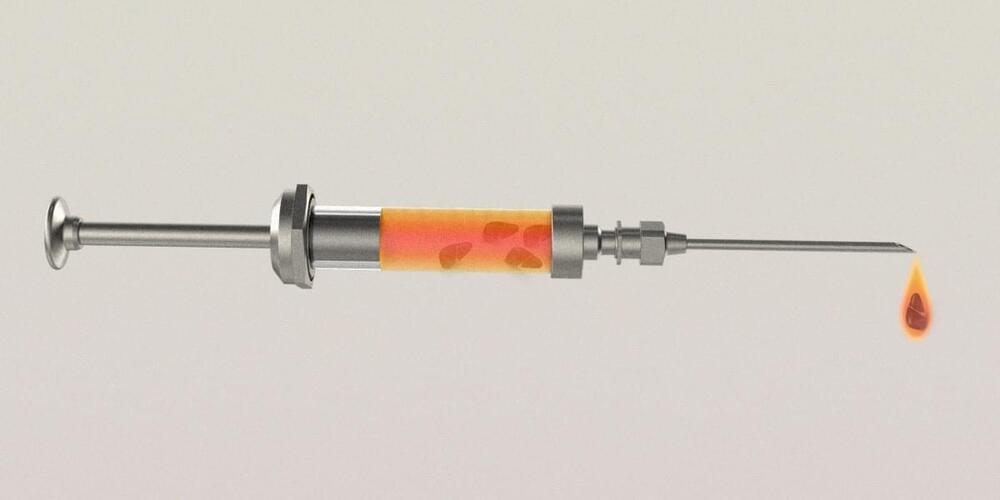Lisa5201/iStock.
This is a promising step toward reactivating previously inactive communication pathways between the retina and the brain by utilizing the plasticity of the teenage brain.

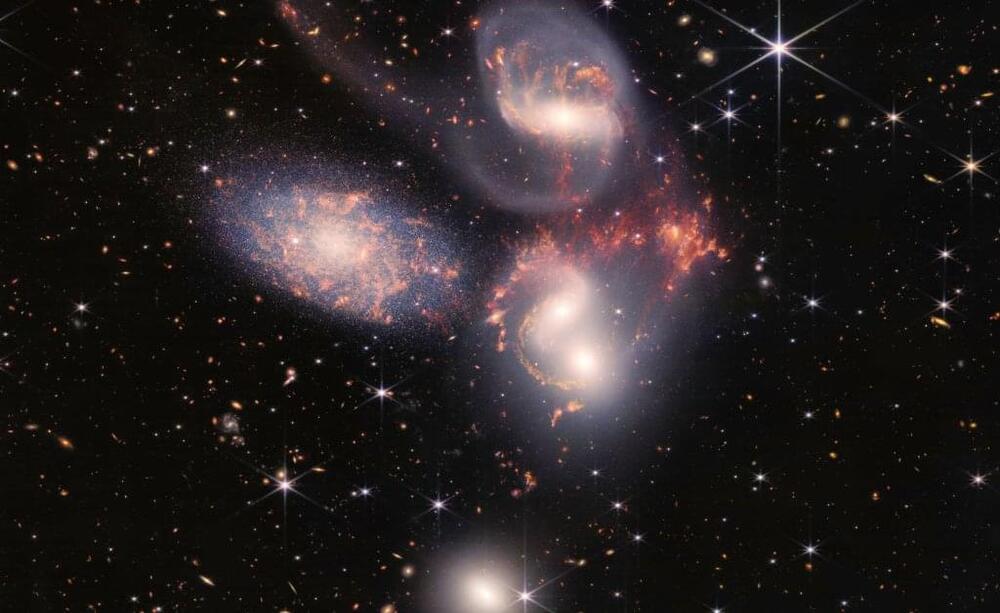
Finally, there’s the issue that black holes can destroy information. Once you have crossed the event horizon, it seems you’d need to move faster than light to get back out. But a non-local connection across the horizon would also get information out. Some physicists have even suggested that dark matter, a hypothetical type of matter that supposedly makes up 85% of matter in the universe, is really a misattribution. There may be only normal matter, it’s just that its gravitational attraction is multiplied and spread out because places are non-locally connected to each other.
A non-locally connected universe, hence, would make sense for many reasons. If these speculations are correct, the universe might be full with tiny portals that connect seemingly distant places. The physicists Fotini Markopoulou and Lee Smolin estimated that our universe could contain as much as 10,360 of such non-local connections. And since the connections are non-local anyway, it doesn’t matter that they expand with the universe. The human brain, for comparison, has a measly 1015connections.
Let me be clear that there is absolutely zero evidence that non-local connections exist, or that, if they existed, they’d indeed allow the universe to think. But we cannot rule this possibility out either. Crazy as it sounds, the idea that the universe is intelligent is compatible with all we know so far.

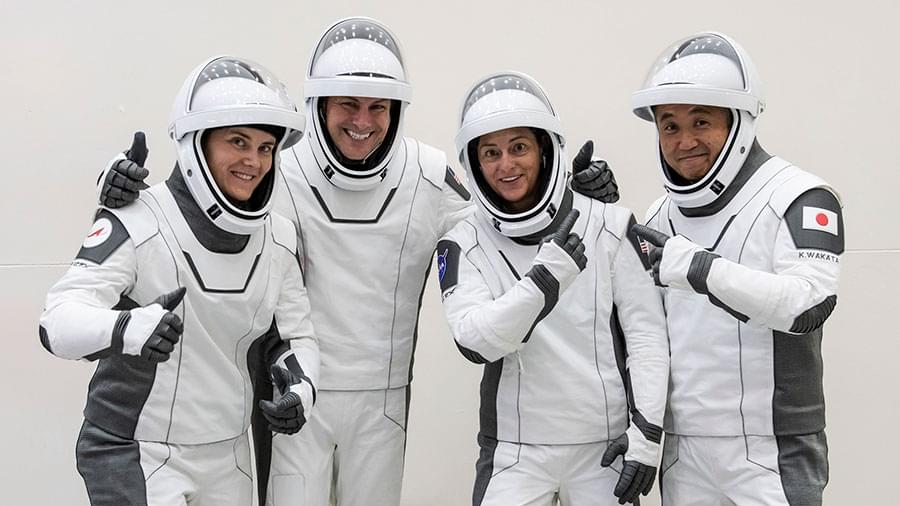
NASA and SpaceX have announced the date for the upcoming Crew-5 launch to the International Space Station. The space station is also orbiting higher today to prepare for next month’s Soyuz crew vehicle swap.
The fifth crewed operational mission aboard a SpaceX Dragon spacecraft has been given a launch date of Oct. 3 from Florida’s Kennedy Space Center. The four SpaceX Crew-5 crewmates, Commander Nicole Mann, Pilot Josh Cassada, and Mission Specialists Koichi Wakata and Anna Kikina will dock Dragon Endurance to the forward port on the station’s Harmony module about 24 hours later.
Several days after that, the four SpaceX Crew-4 astronauts will enter the Dragon Freedom crew ship and undock from Harmony’s space-facing port for a parachute-assisted splashdown off the coast of Florida. Freedom Commander Kjell Lindgren, Pilot Bob Hines, with Mission Specialists Jessica Watkins and Samantha Cristoforetti, have been living and working on the orbital lab as Expedition 67 Flight Engineers since April 27.
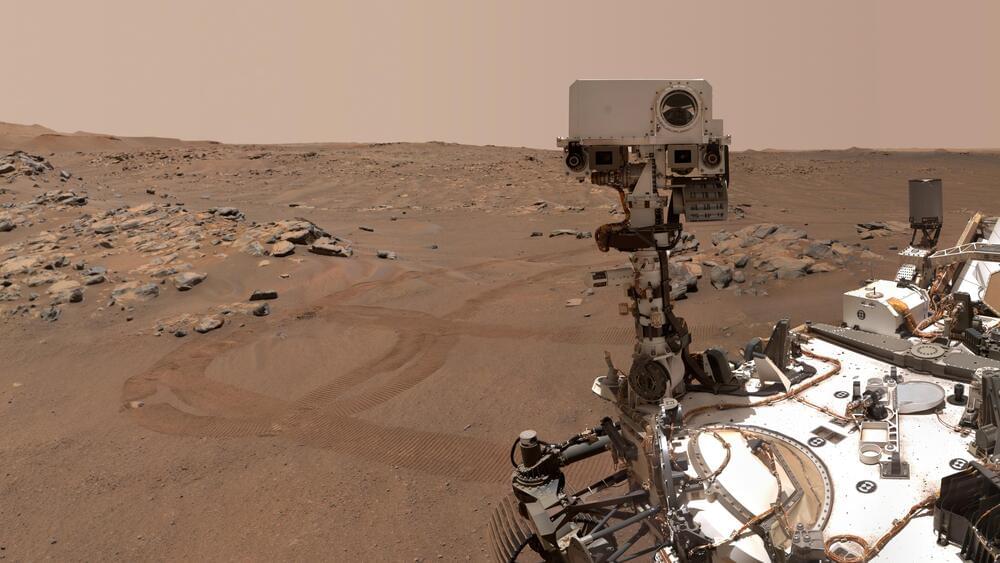
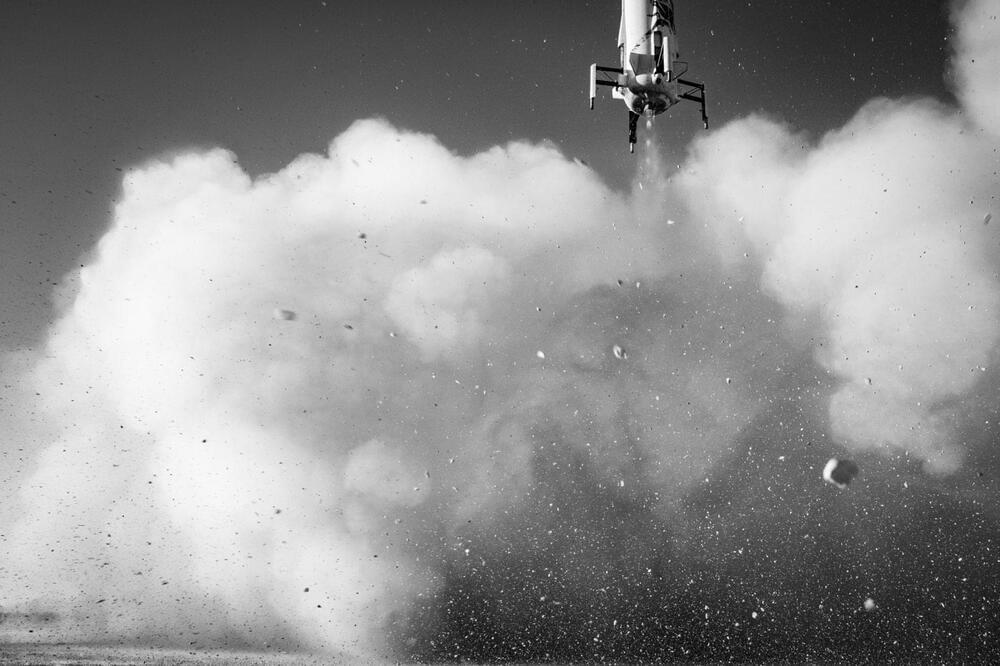
Blue Origin’s announcement of next weeks’ New Sheppard 23 sub-orbital flight, which will feature a NASA-funded Tipping Point hydrogen fuel cell experiment designed and manufactured by Infinity Fuel Cell and Hydrogen, Inc. It will be the first fuel cell to fly into space since the space shuttle was retired ten years ago this summer, and the first ever to fly into space on a commercial flight.
On August 31, New Shepard’s 23rd mission, a dedicated payloads flight, will fly 36 payloads from academia, research institutions, and students across the globe. The launch window opens at 8:30 AM CDT / 13:30 UTC from Launch Site One in West Texas.

Why we should be performing interstellar archaeology and how Avi Loeb and his team at the Galileo Project plan to recover an interstellar object at the bottom of the ocean.
“Any chemically-propelled spacecraft sent by past civilizations into interstellar space, like the five we had sent so far (Voyager 1 & 2, Pioneer 10 & 11, and New Horizons), remained gravitationally bound to the Milky Way long after these civilizations died. Their characteristic speed of tens of kilometers per second is an order of magnitude smaller than the escape speed out of the Milky Way. These rockets would populate the Milky Way disk and move around at similar speeds to the stars in it.
This realization calls for a new research frontier of “interstellar archaeology”, in the spirit of searching our backyard of the Solar system for objects that came from the cosmic street surrounding it. The interstellar objects could potentially look different than the familiar asteroids or comets which are natural relics or Lego pieces from the construction project of the Solar system planets. The traditional field of archaeology on Earth finds relics left behind of cultures which are not around anymore. We can do the same in space.“
https://avi-loeb.medium.com/
The goal of the Galileo Project is to bring the search for extraterrestrial technological signatures of Extraterrestrial Technological Civilizations (ETCs) from accidental or anecdotal observations and legends to the mainstream of transparent, validated and systematic scientific research. This project is complementary to traditional SETI, in that it searches for physical objects, and not electromagnetic signals, associated with extraterrestrial technological equipment.
Within this overarching goal, the Galileo Project has defined two specific goals, correlating to our two related areas of study:
To examine the possibility of extraterrestrial origin for unidentified aerial phenomena (UAP), by making observations of objects in and near Earth’s atmosphere, filtering out identifiable objects using AI deep learning algorithms trained on rigorous classification of known objects, and then examining the nature of the remaining data for anomalous characteristics.

Read this about a potential environmental disaster that can be stopped.
To sign and send a letter to the Canadian government access it here.
https://act.newmode.net/action/greater-victoria-climate-hub/oil
A Yemen-registered ship has been abandoned offshore in the Red Sea and has been rusting for 7 years. A rescue plan needs funding.
